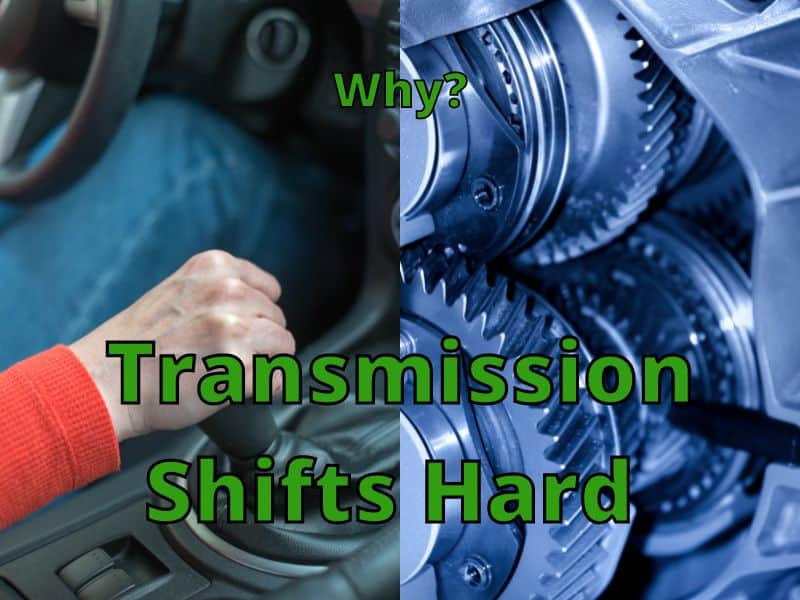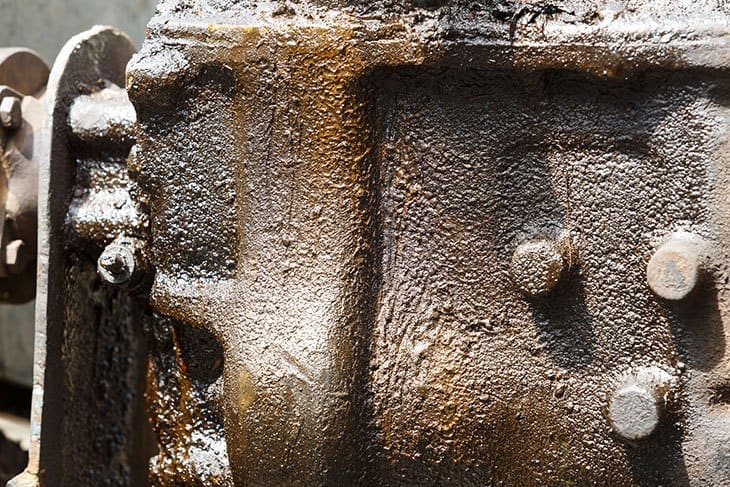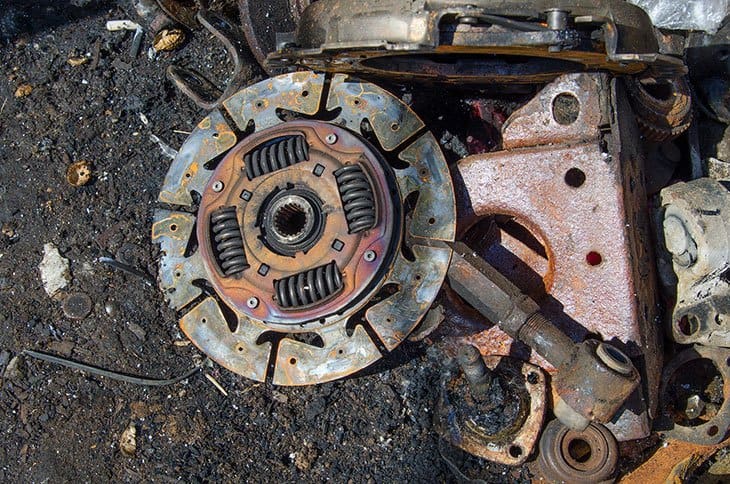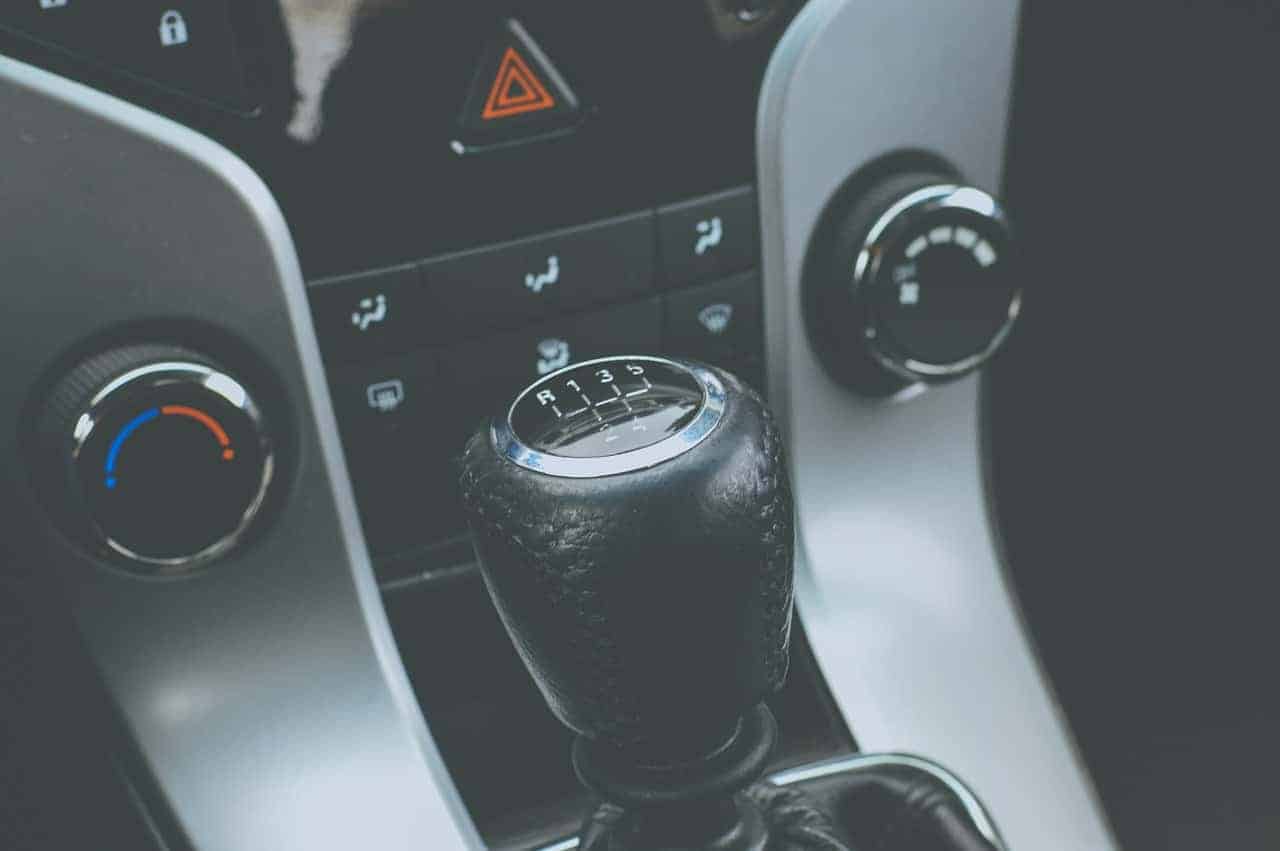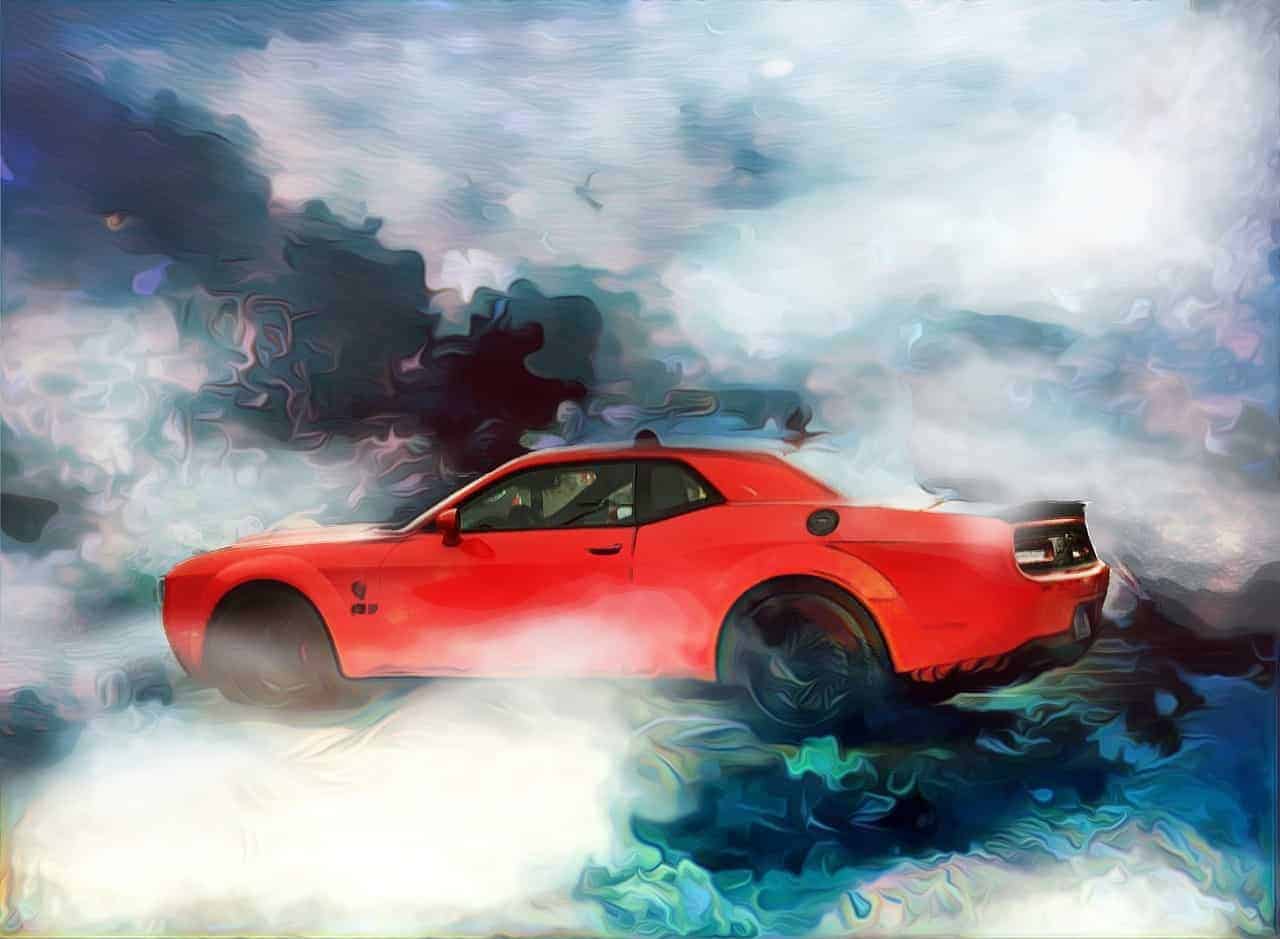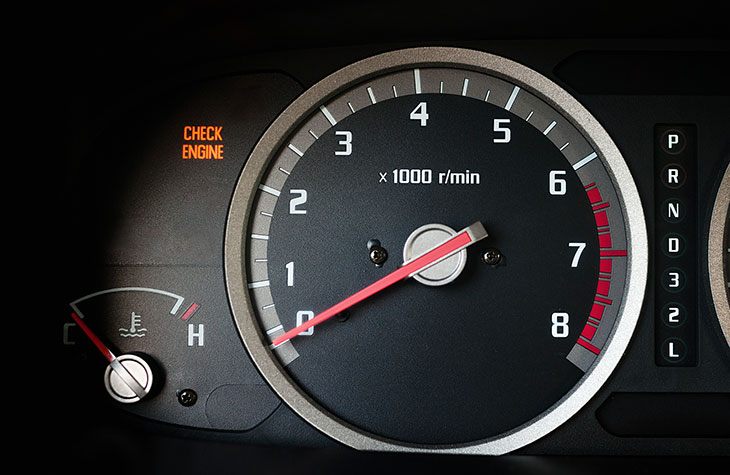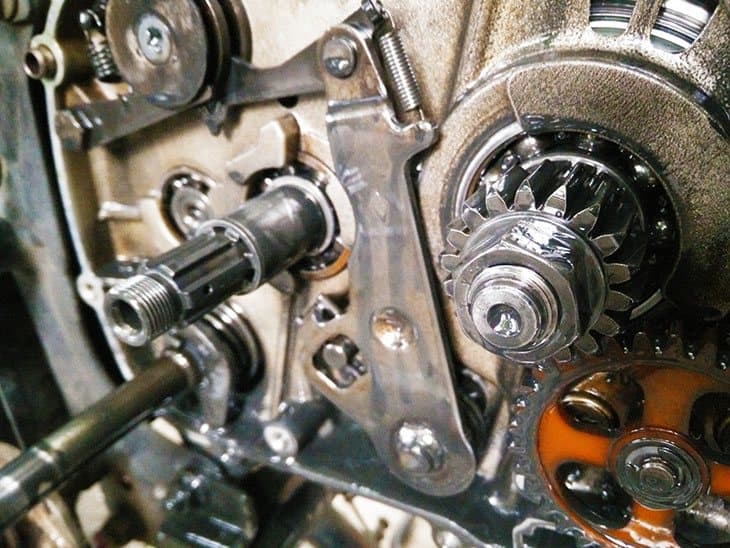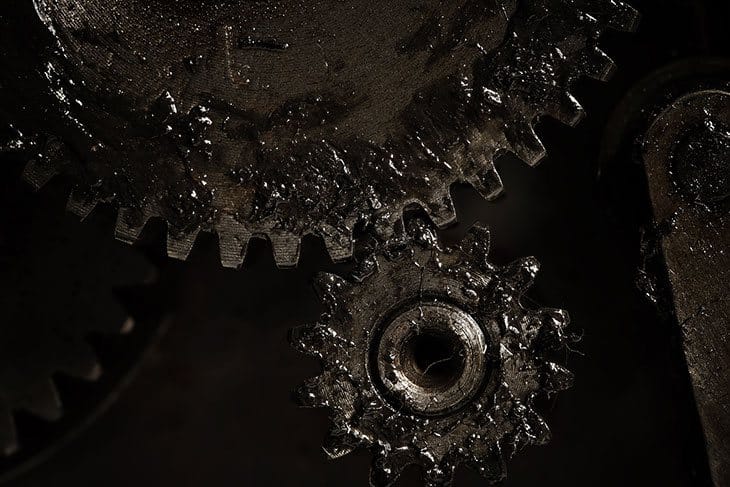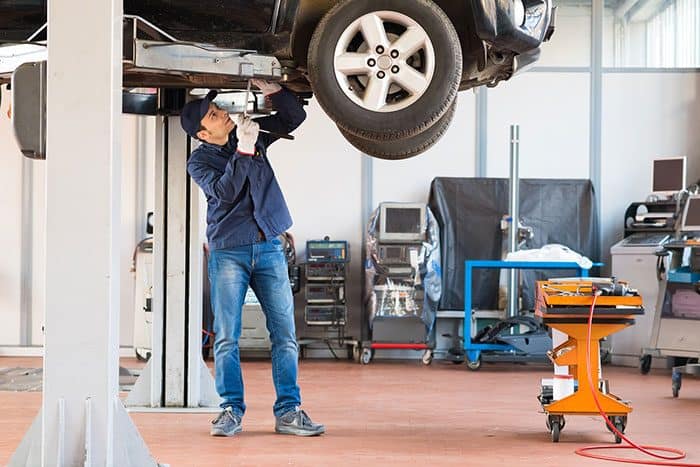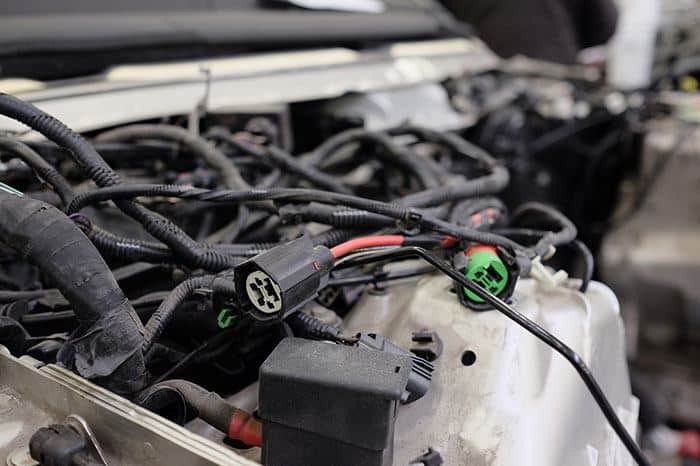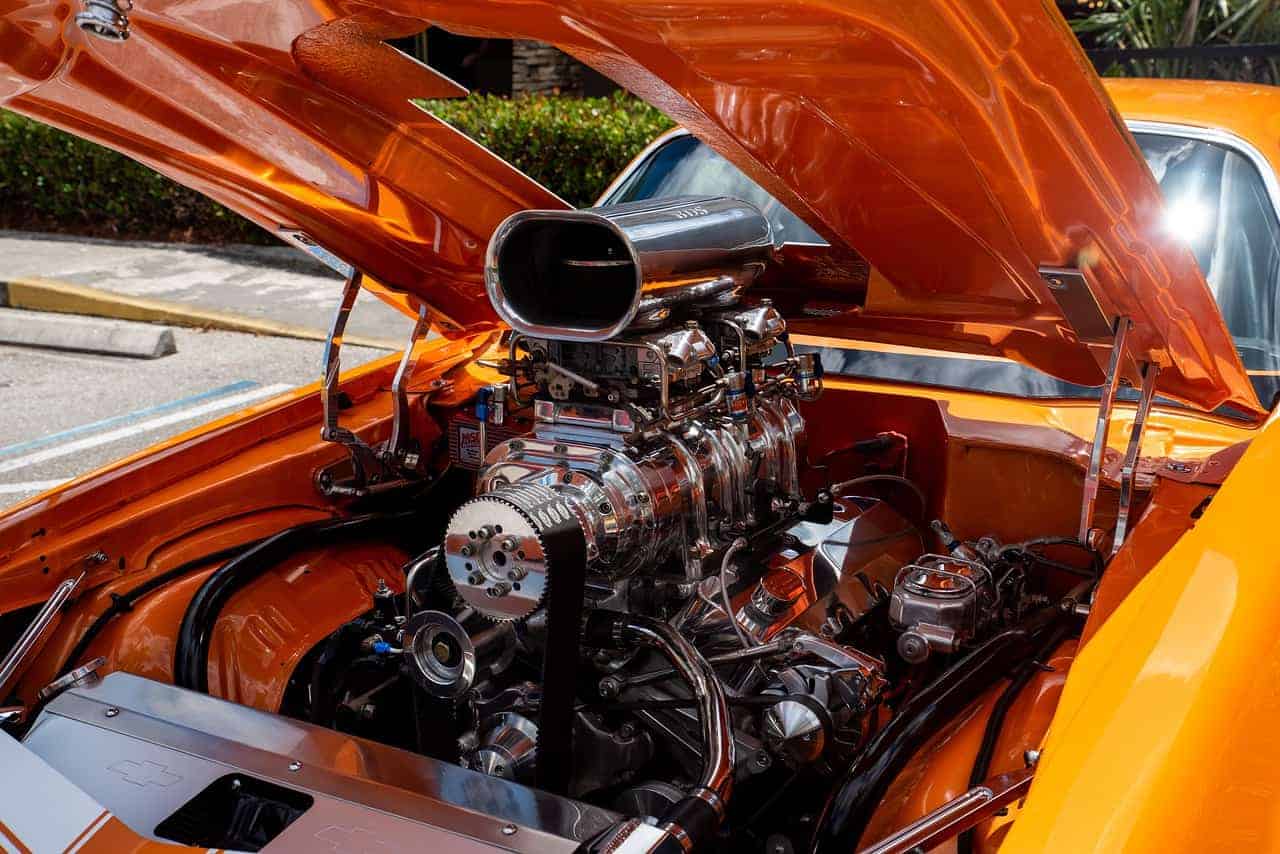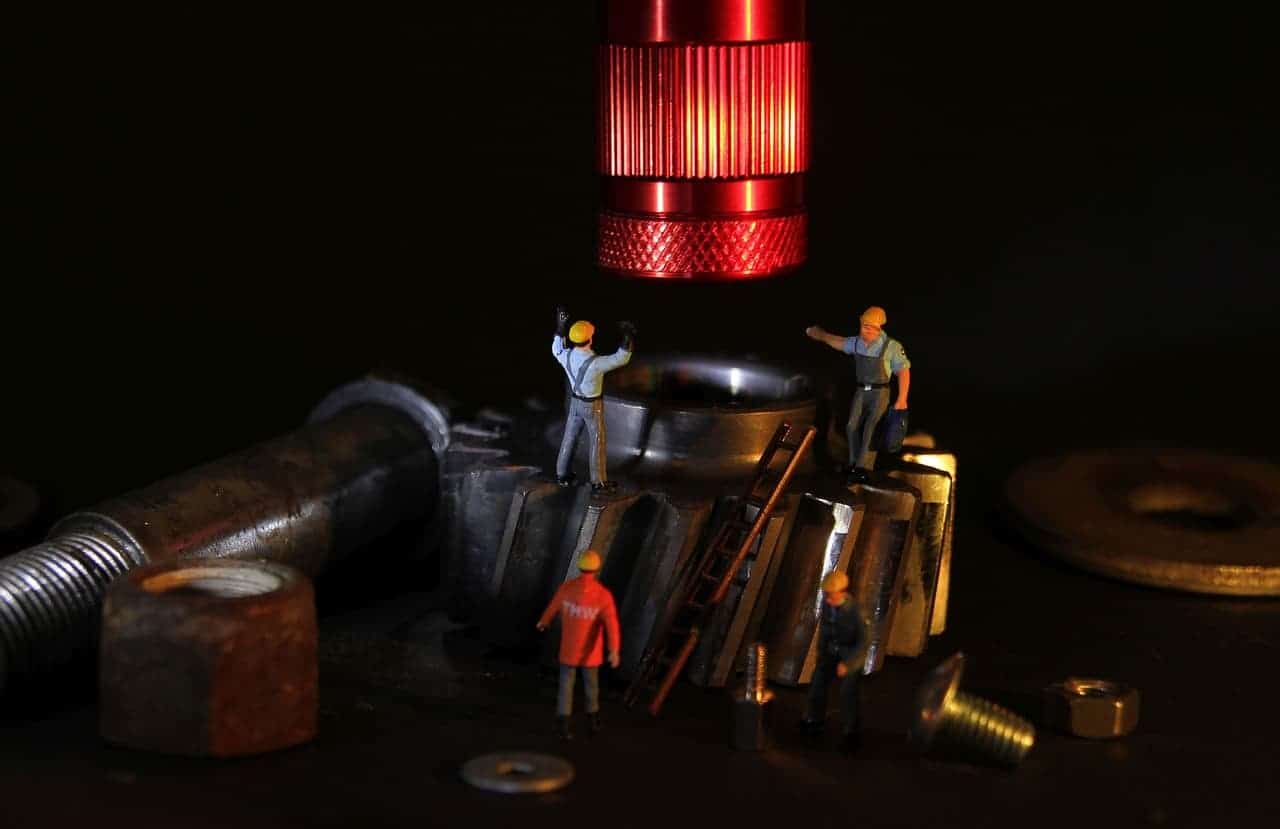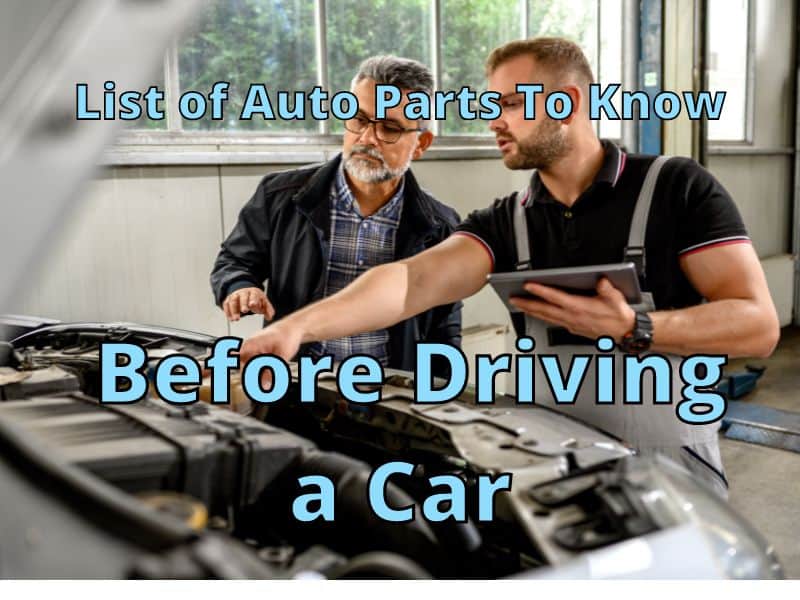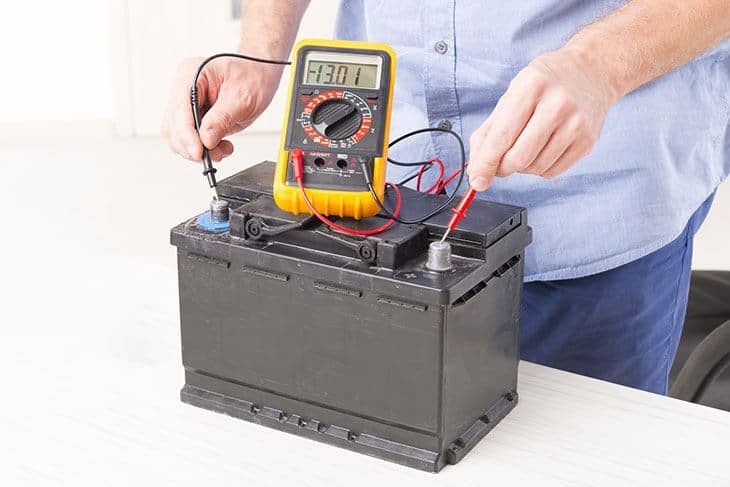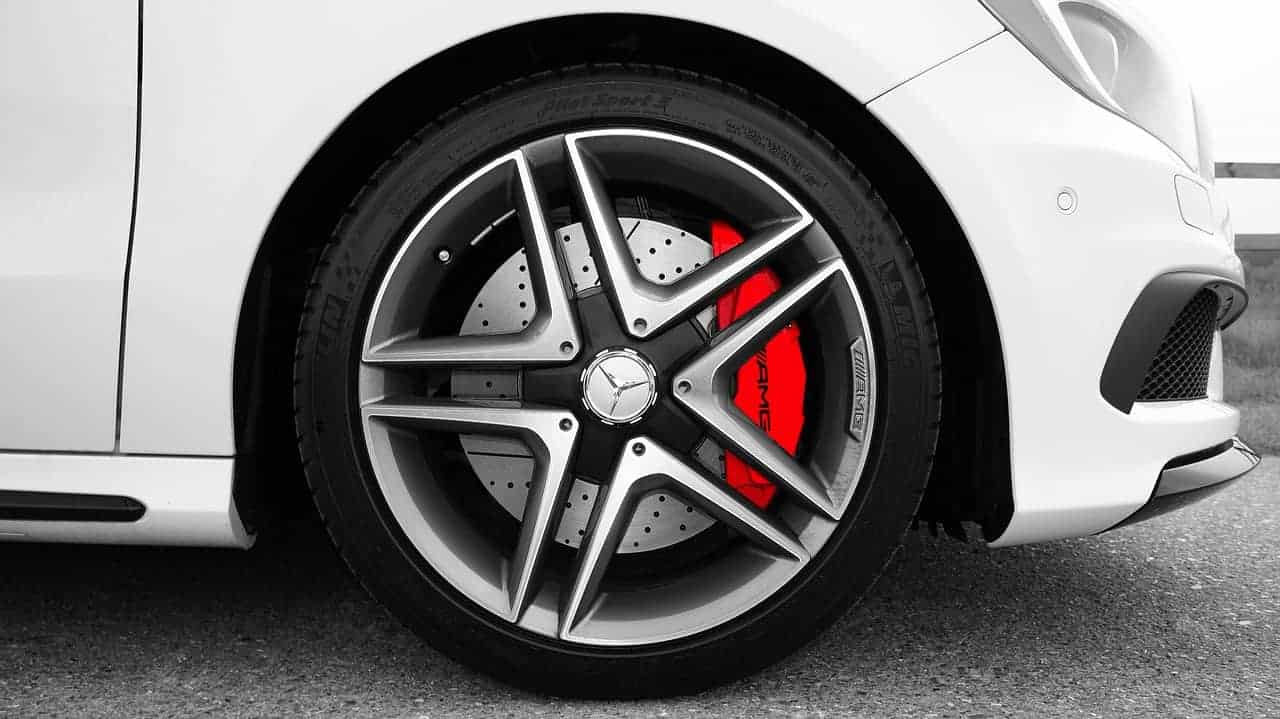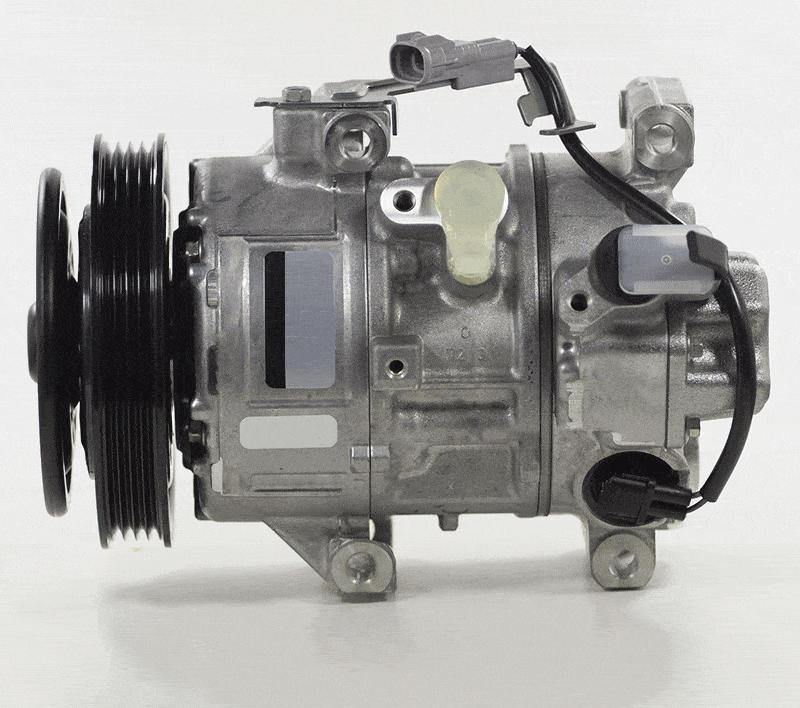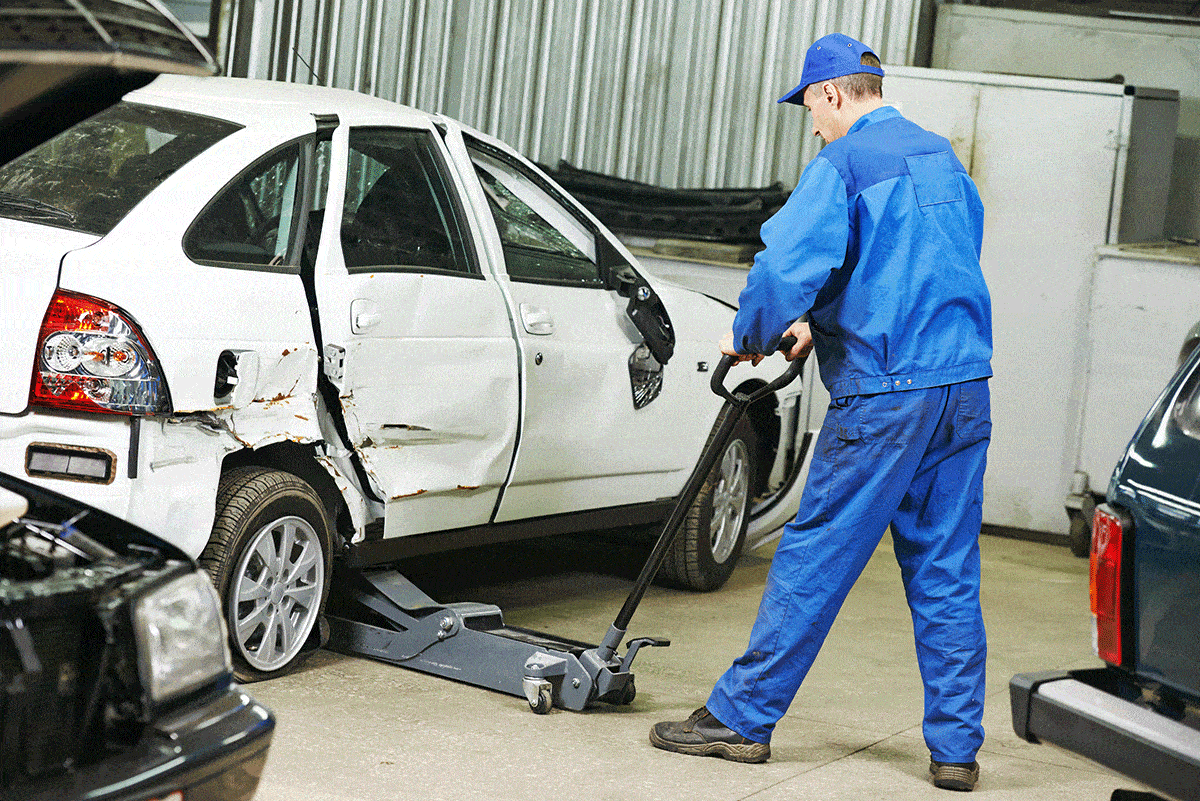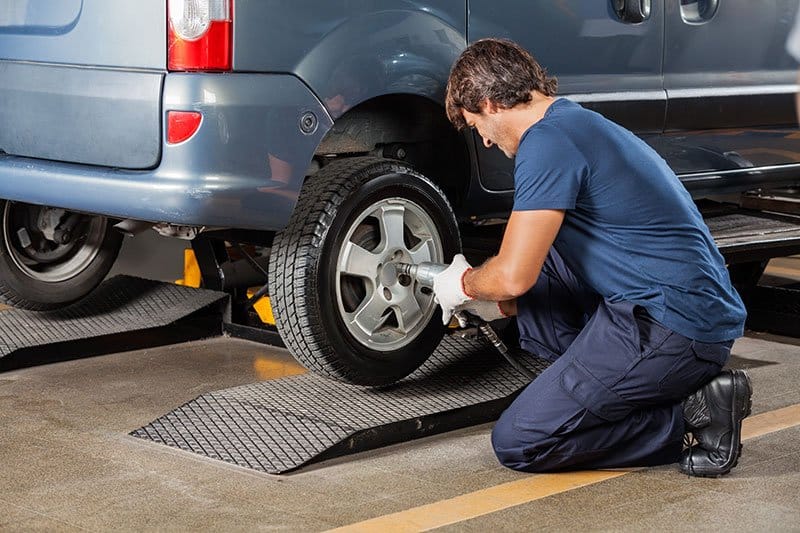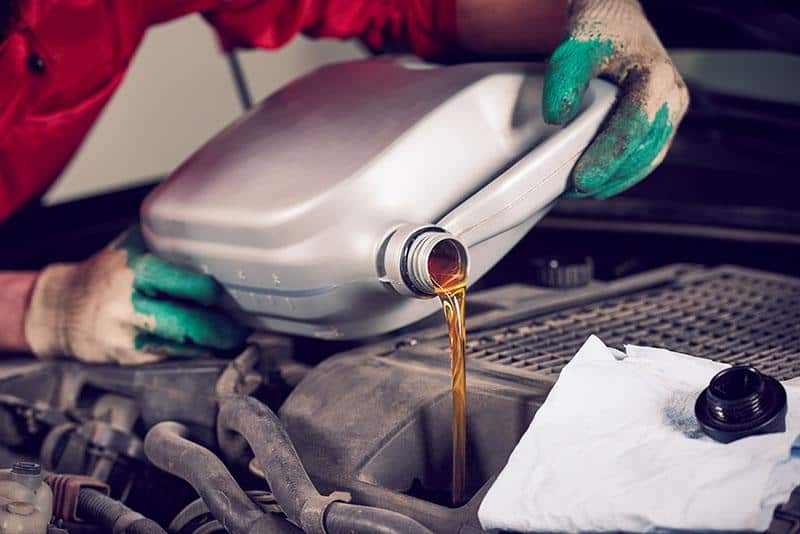Cars! We love them, and we hate them when things go wrong. We can go for long periods of time without having any problems, but then something happens that we have to deal with or ignore. If your car door is stuck and you’ve ignored it, then it will feel good to finally get it working again.
To fix a car door that is stuck, you will need tools and patience. The first step is to figure out what is wrong and proceed from there. Here 5 ways to fix a door that won’t open on either side:
- Lubricate the lock if it is sticking.
- Use a new key or install a new lock.
- Remove the door panel and inspect for issues.
- Check to see if the latch is broken or malfunctioning.
- Get a locksmith to help out.
Most of the complaints about stuck doors arise from car users that have older cars. If your car is reaching seven-plus years old, then this problem may be more likely to occur. We’ll discuss some remedies for fixing stuck doors that won’t open from the inside or the outside.
To save money, you can try fixing it yourself and improve your car fixing skills. Here are some things to try below.
Getting Started
Before you get started, investigate what the problem could be and determine how much time and effort you want to spend on fixing it. Do you have enough money, and does the weather permit working on your car outside?
Car doors can get stuck for many reasons. Older cars may have broken parts or parts that wear out. If moisture has made it into the door, it can cause corrosion or damage to parts as well. The car key or latch could also break or be damaged. The lock itself could get stuck.
These are some reasons a door may not open where a professional might need to be called, like when working on newer car models. Lock security measures might make opening the door extremely difficult if the lock is not functioning.
How to Fix the Door?
1. Lubrication Method
If you are trying to turn the key while it is in the lock and it doesn’t open, you could have a sticking lock mechanism. The key may have some difficulty going into the lock, and sometimes it will turn a bit, but not much. Adding lubrication is likely the solution to this type of problem.
Moisture and dirt can get into the lock and make the lock mechanism stick. Lubricating the door lock with the help of graphite powder or a dry spray will help the frozen lock to work properly.
Procedure
(Be careful not to get any spay(s) on the paint )
- 1. Blow out any dirt and grim with a can of compressed air (Amazon Link).
- 2. Clean the lock using WD40.
- 3. Lubricate the lock with dry lubricant or graphite powder.
A lubricant can work itself into all the moving parts of a lock and make sure it functions well. Using a cleaning spray, like WD40, will work short-term to help free the lock and make it work again. Later, applying a dry lubricant will help the lock remain functional for long periods.
Another thing to try is to open the door from the inside. You might have a stuck mechanism that becomes unstuck by when using the inside door latch. If you suspect the latch is the problem, you can go to step 3 and inspect the latch after opening the door panel.
2. Broken or Lost Keys
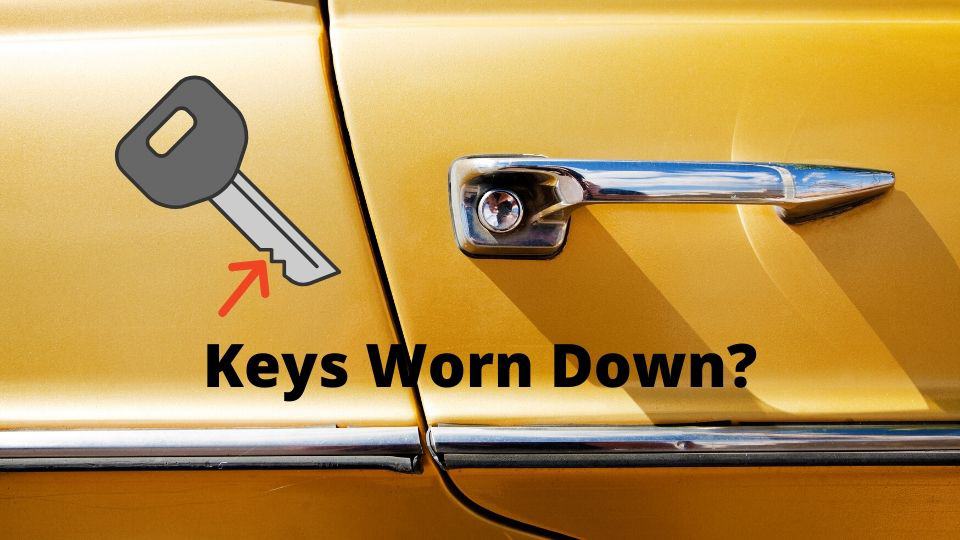
Sometimes your key may break or get worn out. You try using the key, but it just won’t work. At times shaking the key may work to open the door. You want to avoid shaking the key when opening the car door since this action may also make your door jam.
If you’ve lost your key, it’s best to use a spare key if you have one. Check out this article if you are still looking for them. Make a new key from the spare key so you have two. If you need to get into the car right now, you can try using readily available objects, like in this video.
If your key is broken, make sure to use your spare key. You may need an emergency unlocking tool if you no longer have a key that works.
AD
Eventually, you’ll need to replace your door lock (Amazon Link) with a new one so you can also get new keys. For some cars, this may be your cheapest solution.
3. Remove the Door Panel

If the above methods didn’t work, then looking inside the door might be the next best solution.
Remove the inside door panel and check to see if any part is broken.
Take your screwdriver set and detach the screws from the door panel. (Important note: It is better when you start removing the screws from the bottom of the car door panel.) Keep your screws organized, remembering where they go.
Disconnect any electric connections attached to the door panel. Keep all the screws in a Ziploc bag or magnetic tray. Once you finish removing the screws, Try detaching the door panel.
Slightly lifting it upwards on the panel and giving it a shake may help the panel come off. Each panel is a little different. Do some research to find out what works best for your car.
Look inside.
Most cars have a plastic cover inside the door panel to prevent running water inside. Remove any plastic, look at the inside panel parts and see if anything looks broken. It could be a bent part or something that’s broken.
With the panel removed, you can see what happens when you pull on the door handle. If you cannot open your door from the outside, then take a look at the metal rods on the inside panel. Are they operating correctly?
Fix it with a new part or improvise.
If you find the problem, see if you can use your tools to fix it. If it’s a broken part, see if there is a way to replace the part. Sometimes a junkyard may have the part you need.
If you find yourself without a replacement part, think of a way to fix it with a workaround. Maybe use a metal coat hanger to replace a metal rod or use epoxy to secure a part. Ensure all the parts are working well and tightened enough to allow the door latch to unlock the door.
Doing complex door repairs.
If you’re facing a problem with a door that has many electronic parts, you’ll need to be careful to follow the steps outlined in a car repair manual. Some doors may have a locked motor that requires more research to troubleshoot.
Cars that have a power locking system use a door lock motor, which moves the rod to unlock or lock the door. If you want to investigate the problem with the motor, first check for a blown a fuse.
It might be fairly cheap to replace if the lock motor seems broken or doesn’t function when the power is on.
If you’ve locked your keys in the car with the car running, hopefully, you have a spare key or remote. Investing in a remote car starter may allow you to turn off the car remotely.
4. Door Latch
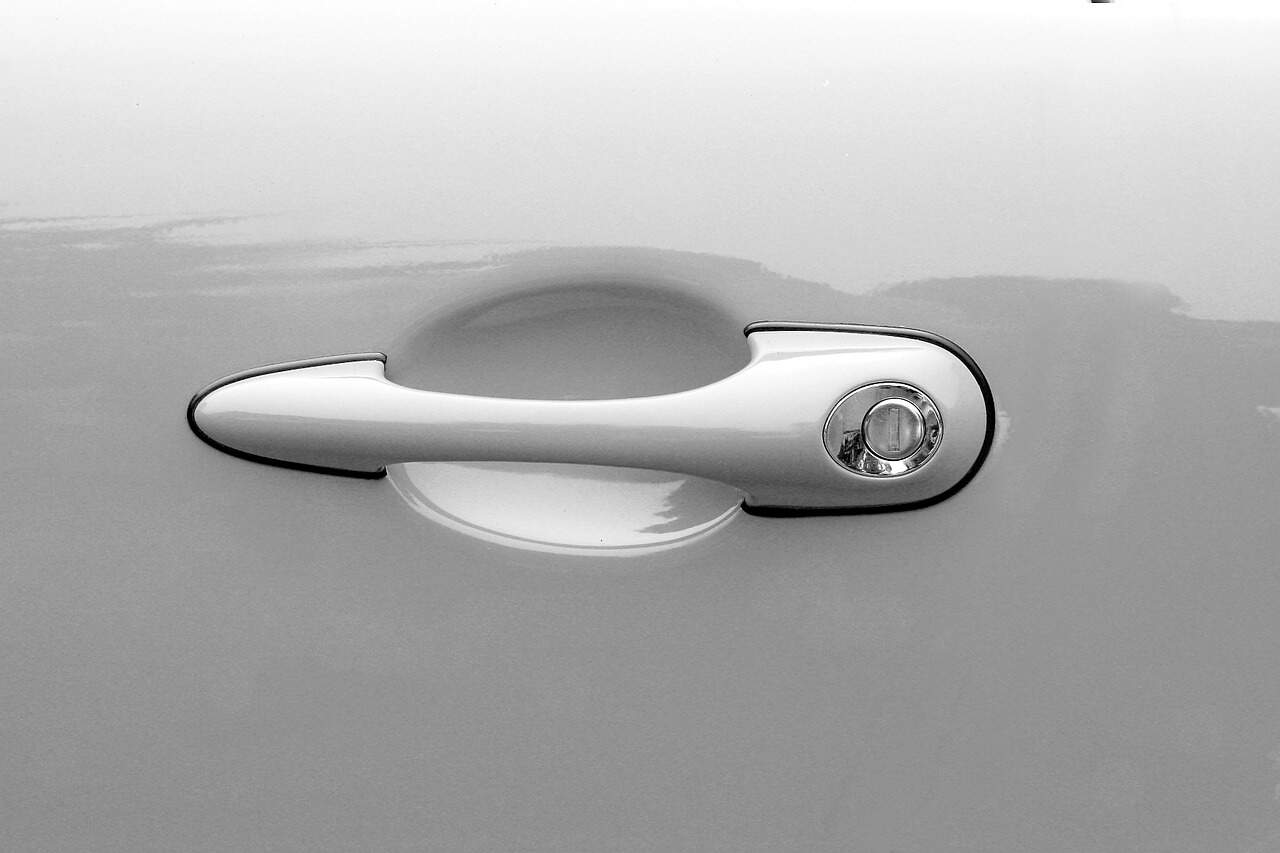
Some people will slam the door very hard while closing it. This, when repeated many times, will cause damage to the door. Especially in the car door latch. Sometimes the latch will get stuck and not release. So you may need to analyze the cause of the problem.
An emergency unlocking tool (Amazon Link) may come in handy when trying to open the door. However, if it’s broken, somehow opening the inside door panel may be the only way to access any parts connected to the latch.
Some people try to use a coat hanger to open a door that is stuck. This could work, but you need to be careful not to scratch your car door or window.
5. Final Call
If you are tired and fed up with trying yourself or just don’t have the time, call a qualified locksmith. They usually have an ample number of ways to open a locked door. Later you can consult with a mechanic to solve the problem permanently.
In certain cases, the whole locking system needs to be changed. If serious damage has occurred, like from an accident, the entire door may need to be replaced if you need it to function.
Fixing Technique
Before getting started, think about the tools you will need. Think about which tools you need, the time required, the help needed, and the money you are willing to spend, like paying for a locksmith (They can range from about $150).
Secondly, check whether your car door is locked and can open from the inside. This might help you solve your problem more easily since you can open the door and access different areas more easily.
The tools we suggest that may help are:
| Unlocking Tools | Cleaning Spray | Dry Lubricant | Graphite Powder | Nitrile Gloves | Phillips and Flathead Screw Drivers |
|---|---|---|---|---|---|
 |  | Graphite Powder |  |  |
Safety Precaution While Working on Car-Related Problems
- Switch off the car alarm. The car alarm might automatically go on when you get stuck inside the car or your car door is stuck. Informing the neighbors, if needed, about possible loud noises. If the alarm goes off, there won’t be any misunderstanding.
- Make sure that you have your license and insurance with you while working on your car, especially if you are somewhere far from home. Having your car documents can help you if the police stop and ask you what’s happening.
- Keep a first aid kit in your car in case any injuries occur or if you need to grab a band-aid.
Conclusion
Car doors that won’t open or close may just need a little maintenance. Good maintenance (like lubricating parts that need it) will prolong the life of your car door. Avoid hitting, kicking, or slamming when your car door is stuck or won’t close properly. Fix or lubricate parts as needed.
While working with the door panel, handle it with care, or else it might lead you to greater expenses. Getting good advice and doing some research before you start can be extremely helpful. Sometimes I find the answer to my car problems by doing research that solves my problem easily and avoids expensive and timely repairs. An expert’s advice or help can also be helpful in most cases.








